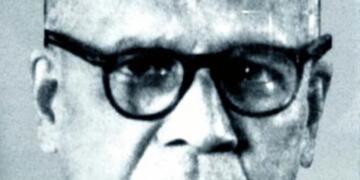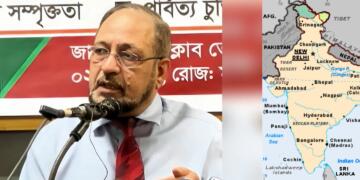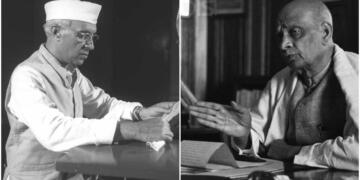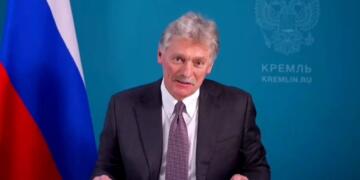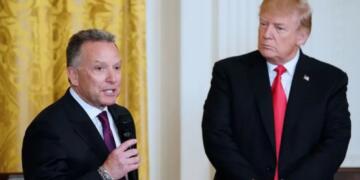Last week, Law Minister Kiren Rijiju, in response to a question in the Lok Sabha, said in 2014-15, an amount of Rs 510 crores was released to various states and Union territories for elections. Similarly, Rs 1,490.16 crores were spent on elections in 2015-16, Rs 356.14 crores in 2016-17, Rs 1,199.85 crores in 2017-18, Rs 886.11 crores in 2018-19 and Rs 1,372.03 crores were released for the purpose in 2019-20.
You see, the amount of money spent on the elections is huge and here comes the need for simultaneous elections under which elections to the Lok Sabha and State assemblies would occur at the same time.
Simultaneous election discussed with Law Commission
It was last Friday when the issue of holding simultaneous parliamentary and Assembly polls was referred to the Law Commission. This was done to ensure that a practicable roadmap and framework is made for the electoral reforms.
Law Minister Kiren Rijiju observed that “frequent elections lead to “disruption” of normal public life and impact the functioning of essential services and that simultaneous polls would reduce the massive expenditure incurred to conduct separate elections every year.”
Rijiju said that from 2014 to 2022, elections were held for 50 state legislative assemblies. To conduct the elections, the entire expenditure is borne by the Centre and to conduct the elections to the state legislatures, the expenditure is borne by the respective state governments.
If the elections are held simultaneously, the expenditure will be borne by the states concerned and the Centre on a 50:50 basis.
Rijiju said, “The committee has given certain recommendations in this regard…. The matter now stands referred to the Law Commission for further examination to work out practicable roadmap and framework for simultaneous elections to Lok Sabha and state assemblies.”
The Background
For those unversed, Simultaneous elections are not something that needs to be introduced to India. It has been existing in the nation for a while now. Surprising, it was the norm until 1967. But after the dissolution of some Legislative Assemblies in 1968 and 1969 and that of the Lok Sabha in December 1970, elections for the state assemblies and parliament started to held separately.
The idea of returning back to simultaneous polls was proposed in the annual report of the Election Commission in 1983. It was also discussed in 1999. The recent push was made by BJP in its 2014 Lok Sabha polls manifesto.
PM Modi is reviving the idea of ‘One Nation, One Election’
It needs to be noted that the push for “One nation, one election” came from Prime Minister Narendra Modi in 2016. Afterward, a further step was taken by the Law Commission when it submitted a draft report to the government on August 30, 2018, to endorse the proposal. Besides PM Modi, former President Pranab Mukherjee and key institutions like the Parliamentary Standing Committee, Election Commission, Law Commission and Niti Aayog have also been seen supporting the reform.
The reason why PM Modi has always been in favor of conducting simultaneous elections is that he believes that too much politics ends up hindering the people from looking at things from a non-political point of view. He stated “that the continuous cycle of elections disrupts the developmental agenda and even if any government is trying to bring in some reforms, people try to find out possible political benefits to the party in power, which leads to developmental works taking a backseat.”
This year, in February, PM Modi again highlighted the need for One nation, One election. During an interview with ANI, he said,“Decide for once that there will be an election once every five years and everyone will contest it together. All the states and the Centre will go for elections at the same time and we will save money. Then you will never see ED or CBI.”
Read more: The upcoming 5 elections could be held under the One Nation One Election model
In February, PM Modi again emphasised the need for change in election patterns. During an interview with ANI, he said, “Decide for once that there will be an election once every five years and everyone will contest it together. All the states and the Centre will go for elections at the same time and we will save money. Then you will never see ED or CBI.”
Since India is a quasi-federal nation, the change can be brought in only through the consensus of state governments. Building up for the 2019 general elections, speculations were rife that the idea could be tested on a small level by holding assembly by-elections in a few states along with the 2019 general elections.
However, despite the support of states like Odisha and Karnataka, states were not on equal footing and the idea was pushed to the back burner.
‘One Nation, One Election’ is the need of the hour
It is a public knowledge that due to frequent elections,the political parties are always occupied strategising for the upcoming elections and giving rise to populist measures with an intention to appease the voters. The continuous elections not only lead to the expenditure of administrative resources but also end up creating a prolific atmosphere for caste and religious politics to perpetuate.
The electoral reform will help in reducing the excess expenditure of taxpayers’ money on holding frequent elections. It will also allow the elected government to focus on the fundamentals of governance. Elections won’t be the primary concern for the political parties and they will execute mid-term/ long-term projects with complete freedom, without having to weigh the pros and cons at every step.
Support TFI:
Support us to strengthen the ‘Right’ ideology of cultural nationalism by purchasing the best quality garments from TFI-STORE.COM
Also Watch:



